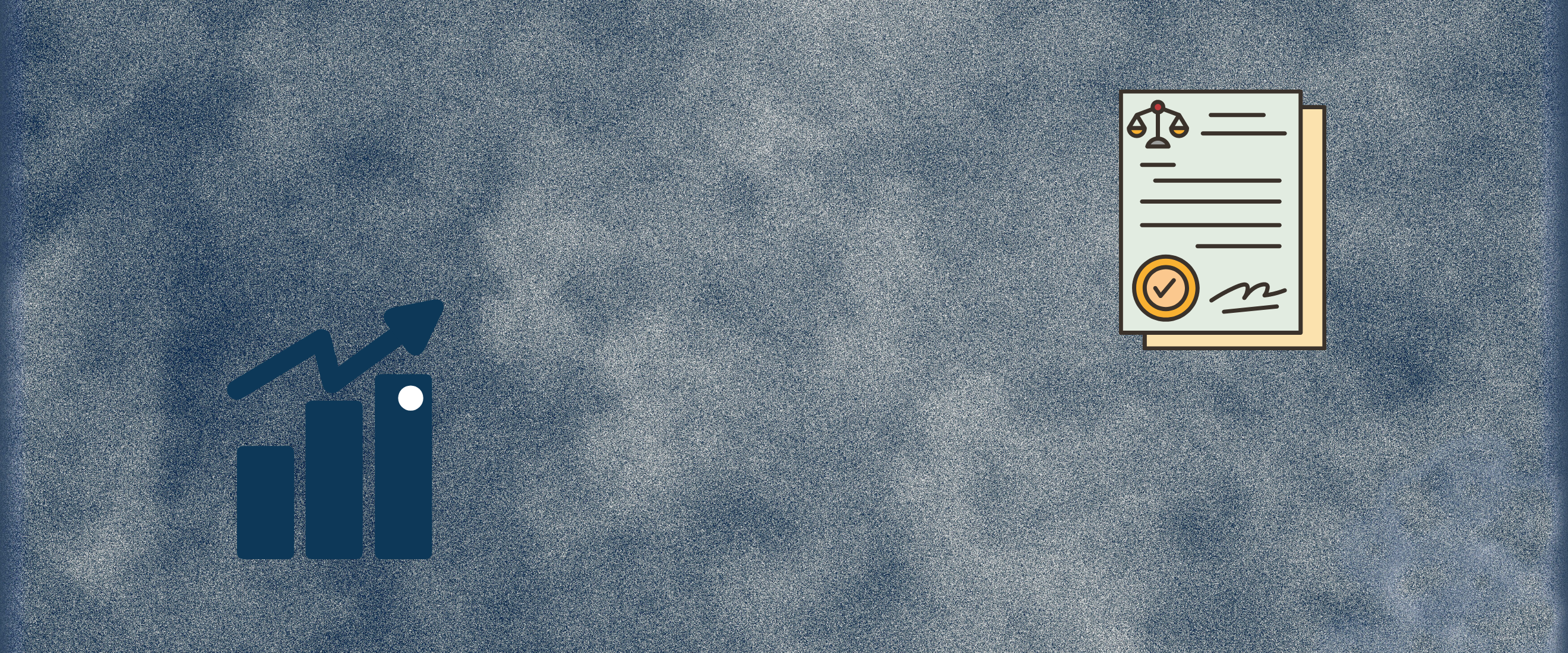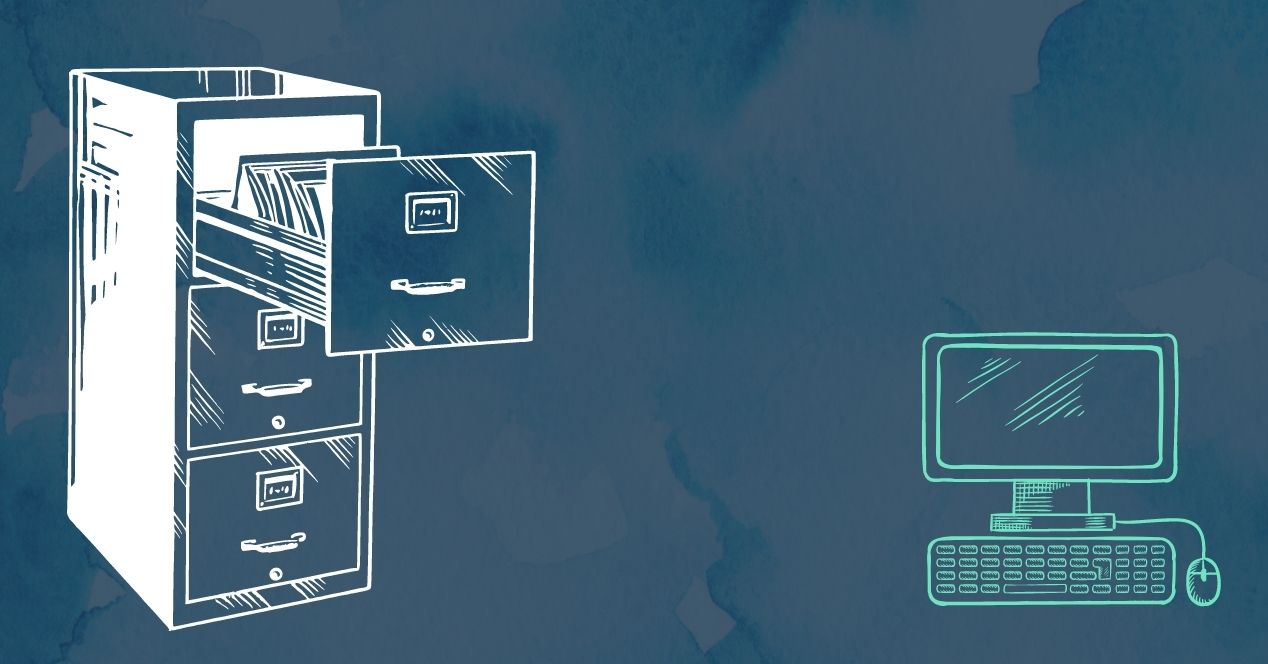Court Data
21 Out of Every 100 Cases Instituted Before the SC in 2021 Were Added to its Backlog
The SC’s clearance rate dropped to its lowest in 33 years.

SCO has previously reported on how long it would take the Court to clear all pending cases, provided that no new cases are instituted before it. By the end of 2021, this figure known as the congestion rate, stood at 3.8. This means it would take the Court 3.8 years to clear the 70,000 cases pending before it—a record figure last seen three decades ago.
However, the congestion rate provides a narrow understanding of pendency. It is based on the assumption that no new cases will be instituted while the Court’s present backlog is cleared.
The clearance rate, on the other hand, indicates how fast the Court clears cases that are instituted before it. For example, a clearance rate of 0.9 indicates that out of every 10 cases instituted before the Court, only 9 get disposed of. The remaining cases are added to the Court’s backlog.
By the end of 2021, the Supreme Court’s clearance rate stood at 0.79.
Calculating the Clearance Rate
The clearance rate for a given year is calculated by dividing the total number of cases disposed of in that year by the total number of cases instituted in the same year.
A clearance rate above 1 indicates that the Court is disposing of (or clearing) more cases than are being instituted. This leads to decreased pendency in the Court as cases from the Court’s backlog have also been disposed of.
Tracking the Clearance Rate Over the Last Decade
Figure 1 plots the clearance rate at the Supreme Court over the last decade. The x-axis plots the years between 2012 and 2021. The y-axis marks the rate at which the Court clears cases instituted before it.
Ideally, if the Court is to reduce the mountain of cases pending before it, it must have a clearance rate above 1. A glance at the clearance rate over the past decade depicts a rather different state of affairs.
2012 started off with a clearance rate of 0.89. The first six years paint an overall optimistic picture, with the Court reporting an average clearance rate of 1.02. The decade’s highest clearance rate—1.16—was observed in 2017. Overall pendency declined by over 11,000 cases in this period.
However, this is followed by a disturbing decline in the clearance rate post 2018, resulting in a substantial increase in pendency over the next four years. 2021 ended with the lowest clearance rate in the decade—0.79.
The decline in clearance rate coincides with the rise in the congestion rate in the Court.
The result: 2021 ended with almost 70,000 pending cases before the Supreme Court.
Maintaining favourable congestion and clearance rates will be pivotal in bringing down the overall pendency of cases.



